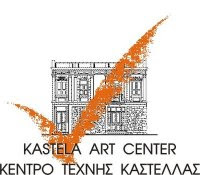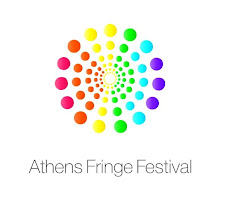
Id, ego, and super-ego are the three parts of the "psychic apparatus" defined in Sigmund Freud's structural model of the psyche; they are the three theoretical constructs in terms of whose activity and interaction mental life is described. According to this model, the uncoordinated instinctual trends are the "id"; the organized realistic part of the psyche is the "ego," and the critical and moralizing function the "super-ego."
Even though the model is "structural" and makes reference to an "apparatus", the id, ego, and super-ego are functions of the mind rather than parts of the brain and do not necessarily correspond one-to-one with actual somatic structures of the kind dealt with by neuroscience.
The concepts themselves arose at a late stage in the development of Freud's thought: the structural model was first discussed in his 1920 essay "Beyond the Pleasure Principle" and was formalized and elaborated upon three years later in his "The Ego and the Id." Freud's proposal was influenced by the ambiguity of the term "unconscious" and its many conflicting uses.
(text from wikipedia, image from personal file)











